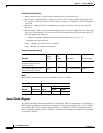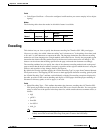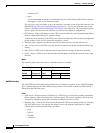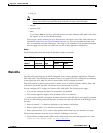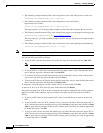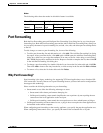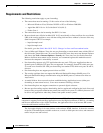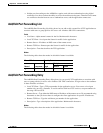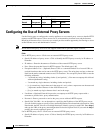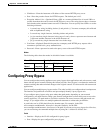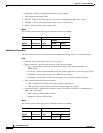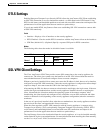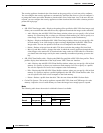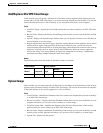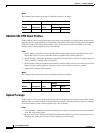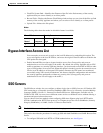
38-22
Cisco ASDM User Guide
OL-16647-01
Chapter 38 Clientless SSL VPN
Configuring the Use of External Proxy Servers
Configuring the Use of External Proxy Servers
Use the Proxies pane to configure the security appliance to use external proxy servers to handle HTTP
requests and HTTPS requests. These servers act as an intermediary between users and the Internet.
Requiring all Internet access via servers you control provides another opportunity for filtering to assure
secure Internet access and administrative control.
Note HTTP and HTTPS proxy services do not support connections to personal digital assistants.
Fields
Use an HTTP proxy server—Click to use an external HTTP proxy server.
• Specify IP address of proxy server—Click to identify the HTTP proxy server by its IP address or
hostname.
• IP Address—Enter the hostname or IP address of the external HTTP proxy server
• Port—Enter the port that listens for HTTP requests. The default port is 80.
• Exception Address List— (Optional) Enter a URL or a comma-delimited list of several URLs to
exclude from those that can be sent to the HTTP proxy server. The string does not have a character
limit, but the entire command cannot exceed 512 characters. You can specify literal URLs or use the
following wildcards:
–
* to match any string, including slashes (/) and periods (.). You must accompany this wildcard
with an alphanumeric string.
–
? to match any single character, including slashes and periods.
–
[x-y] to match any single character in the range of x and y, where x represents one character and
y represents another character in the ANSI character set.
–
[!x-y] to match any single character that is not in the range.
• UserName—(Optional) Enter this keyword to accompany each HTTP proxy request with a
username to provide basic, proxy authentication.
• Password—Enter a password to send to the proxy server with each HTTP request.
• Specify PAC file URL—As an alternative to specifying the IP address of the HTTP proxy server,
you can click this option to specify a Proxy autoconfiguration file to download to the browser. Once
downloaded, the PAC file uses a JavaScript function to identify a proxy for each URL. Enter http://
and type the URL of the proxy autoconfiguration file into the adjacent field. If you omit the http://
portion, the security appliance ignores it.
Use an HTTPS proxy server—Click to use an external HTTPS proxy server.
• Specify IP address of proxy server—Click to identify the HTTPS proxy server by its IP address or
hostname.
Firewall Mode Security Context
Routed Transparent Single
Multiple
Context System
• — • ——



